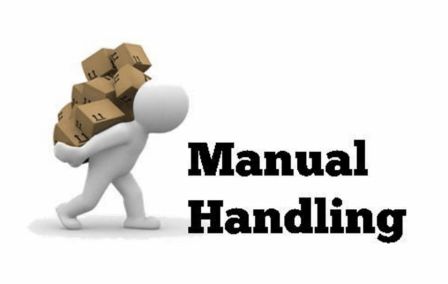Manual handling is something that every person experiences, on their daily duties at work, moving things, lifting objects and even the way we sit can have a negative impact on our well-being. In many cases, work related injuries can be avoided with the right training, and from an employer’s perspective, manual handling instruction can mean less employee days lost to work related injuries.
Taking a Proactive Approach to Employee Well-Being
Many Australian companies are taking steps to ensure their employees are well-trained in manual handling, thus reducing work-related injuries, which boosts production. When a company decides to commission manual handling training, they deal with a specialist company that has a team of experts including osteopaths, physiotherapists and occupational therapists.
Tailored To The Workplace
Every business is unique in many respects and the best way to approach manual handling instruction is to assess the workplace. And the experts would spend some time observing the daily activities, and after interviewing staff, they would be able to pinpoint areas where injuries are likely to occur. The specialists can then educate staff about safe handling practices, and with the right signage in the right locations, there will be constant reminders on how to safely handle tasks.
The Benefits of Manual Handling Training
Any organisation that takes a proactive approach to reducing work-related injuries will benefit in many ways. Once your staff have learned safer handling practices, they can go about their day with reduced risk of injury, and by being made aware of minor details, they can approach tasks with a slightly different mindset. A healthier workforce is a happier workforce, and by investing in your employee’s well-being, you are boosting production.
Range of Courses
The specialist provider would have a range of courses, and all are delivered on-site, where your staff can learn first-hand how they can carry out tasks correctly, in ways that reduce the risk of injury. When you make an enquiry, the provider would send an expert to assess your workplace, and will take video footage of staff carrying out their tasks, which will help them to put together a course that is specifically designed around your workplace.
Training Objectives
These might include the following:
- Defining manual task risk factors
- Educating workers of correct lifting techniques
- Knowing the limits of one’s abilities
- Instruction on basic anatomy and how work-related injuries occur
- Defining cumulative strain and safe practices to avoid
Office Related Work Injuries
People who are seated for most of their working day have to deal with a different set of tasks. And there are special manual handling courses that are specifically designed for office workers. The health professionals would deliver an on-site training session of about 2-3 hours, during which time, staff are introduced to safe practices and with guidance, these practices are implemented.
You Might Like: 5 Safety Tips For The Workplace
If you care about the well-being of your employees, invest a little in manual handling training and your staff will reap the benefits, and a safer workplace is always more productive.
